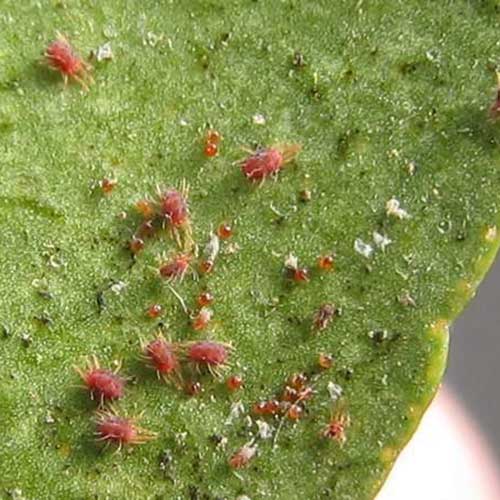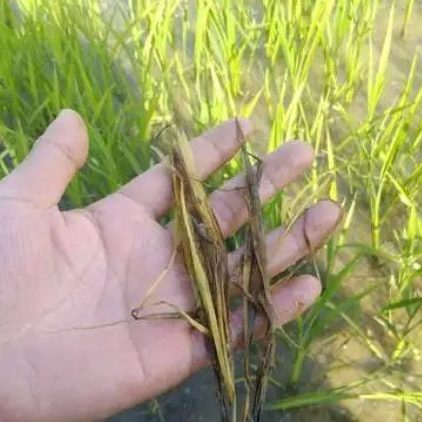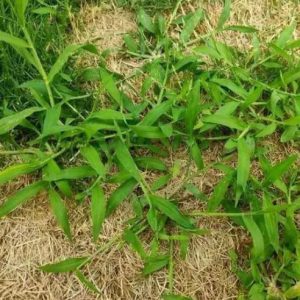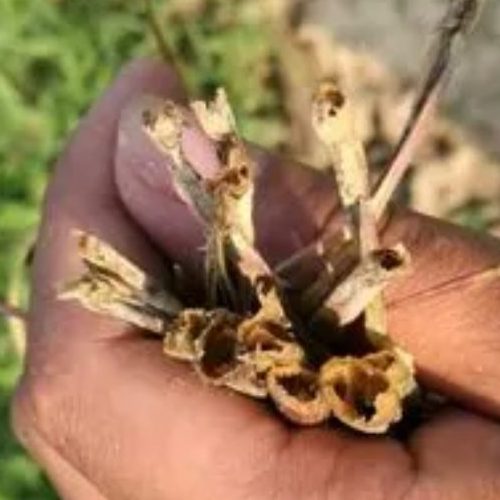
Shijiazhuang Youge Biotechnology Co., Ltd.: Only produces high-quality pesticide products to make farming easier for farmers around the world!
Product Catalog
Emamectin Benzoate
Spinosad
Bacillus thuringiensis
Spirodiclofen
Pyridaben
Etoxazole
Hexythiazox
Bifenazate
Propargite
Amitraz
Lufenuron
Thiamethoxam
Acetamiprid
Imidaclorprid
Nitenpyram
Flonicamid
Dinotefuran
Permethrin
Cypermethrin
Alpha cypermethrin
Beta cypermethrin
Fenvalerate
Lambda-cyhalothrin
Bifenthrin
Beta-cyfluthrin
Deltamethrin
Carbofuran
Carbosulfan
Methomyl
Carbaryl
Oxamyl
Chlorpyrifos
Dimethoate
Malathion
DDVP
Triazophos
Profenofos
Phoxim
Acephate
Fenitrothion
Diazinon
Monosultap
Cartap
Thiocyclam-hydrogen-xalate
Cyromazine
Pyriproxyfen
Tebufenozide
Buprofezin
Pyrethrins
Indoxacarb
Spirotetramat
Chlorfenapyr
Pymetrozine
Fipronil
Metaldehyde
Tebuconazole
Difenoconazole
Propamocarb
Penconazole
Mancozeb
Pyraclostrobin
Thiophanate methyl
Carbendazim
Chlorothalonil
Hexaconazole
Propineb
Dimethomorph
Propiconazole
Tricyclazole
Metalaxyl-M
Metalaxyl
Hymexazol
Copper oxychloride
Copper hydroxide
Benomyl
Flutriafol
Fosetyl-aluminium
Kresoxim-methyl
Triadimefon
Iprodione
Procymidone
Isoprocarb
Triadimenol
Streptomycin sulfate
Prochloraz
Fludioxonil
Prothioconazole
Boscalid
Thiram
Cymoxanil
Leave your message
Rodenticide baits specialize in killing rats. Rodent control is an important aspect of maintaining a healthy environment, but it also carries potential risks, especially when anticoagulant rodenticides are used.
Anticoagulant Rodenticide Toxicity
Anticoagulant rodenticides pose a significant threat to both targeted rodents and unintended victims. These chemicals disrupt the blood clotting process, causing internal bleeding. If ingested, it can be fatal to a variety of species. Recognizing signs of rodenticide toxicity is critical for timely intervention.
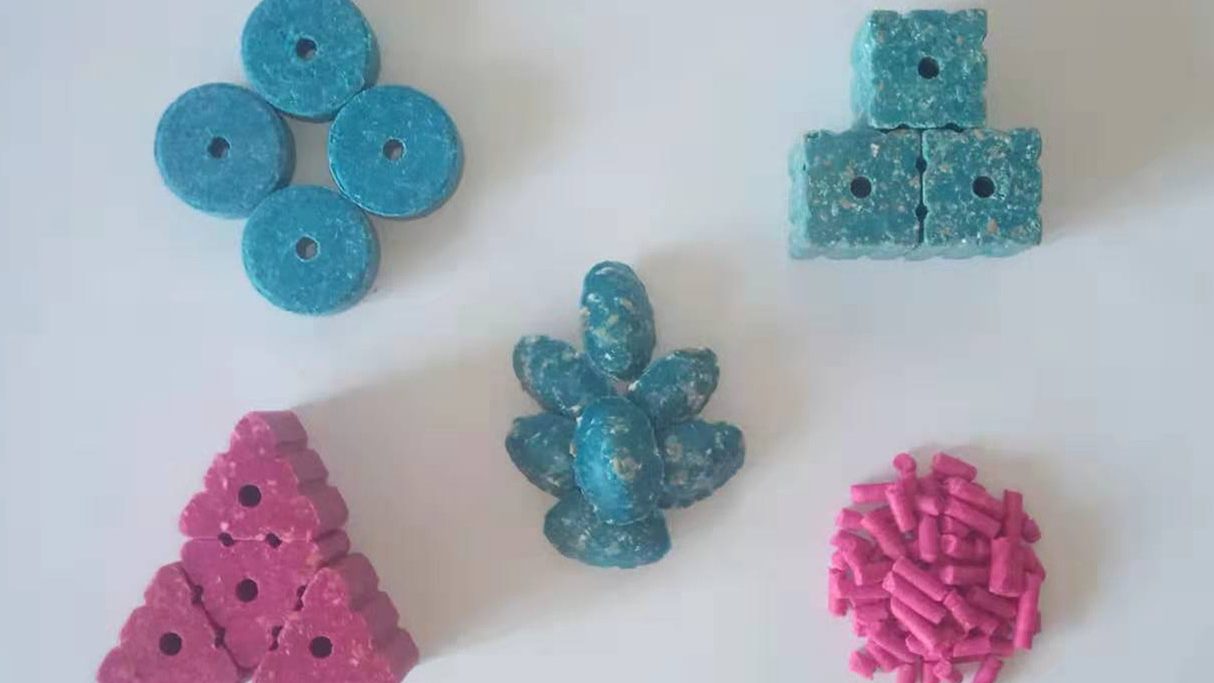
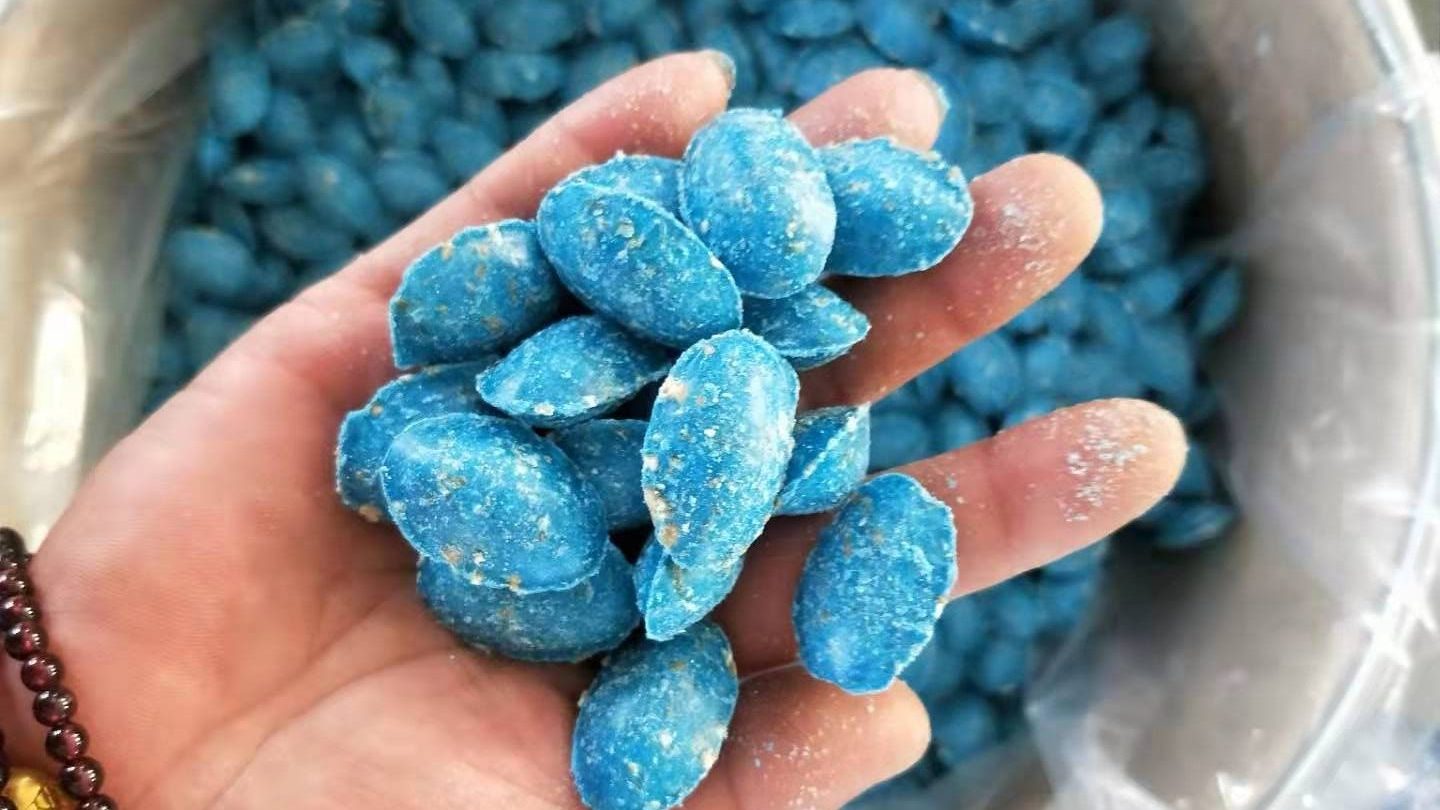
Antidote For Rodenticide Poisoning
When encountering rodenticide poisoning, taking the antidote in time can make the difference between life and death. This section explores the available antidotes, emphasizing the importance of rapid response in mitigating the effects of anticoagulant rodenticides.
Rodenticide Bait: Choose Wisely for Effective Pest Control
Choosing the right rodenticide bait is critical to successfully controlling pests without causing harm to non-target organisms. We uncover the complexities of various baits and gain insights into their efficacy, target specificity and safe use.
Best Practices For Rodenticide Applications
To optimize rodenticide effectiveness while minimizing environmental impact, follow these best practices:
- Targeted Placement: Strategically place bait in areas frequented by rodents, ensuring minimal contact with other wildlife.
- Regular monitoring: Evaluate bait stations regularly to measure rodent activity and adjust placement as needed.
- Alternative solutions: Explore non-lethal methods such as traps or exclusion techniques as viable alternatives.
- Environmental impact: a delicate balance
While rodenticides have a vital role, their use must be coupled with environmental awareness. We discuss the delicate balance between effective pest control and minimizing collateral damage to the ecosystem. - The road ahead: Trends in the pesticide industry
As the pesticide industry grows, trends indicate a shift towards sustainable and eco-friendly solutions. Stay up to date on emerging technologies and practices to ensure your pest control strategy is in line with industry advancements.
In summary, understanding the field of anticoagulant rodenticides requires a nuanced understanding of toxicity, antidotes, and responsible bait use. By incorporating these insights into your pest control practices, you can contribute to a safer, more sustainable environment.
Welcome to WordPress. This is your first post. Edit or delete it, then start writing!


